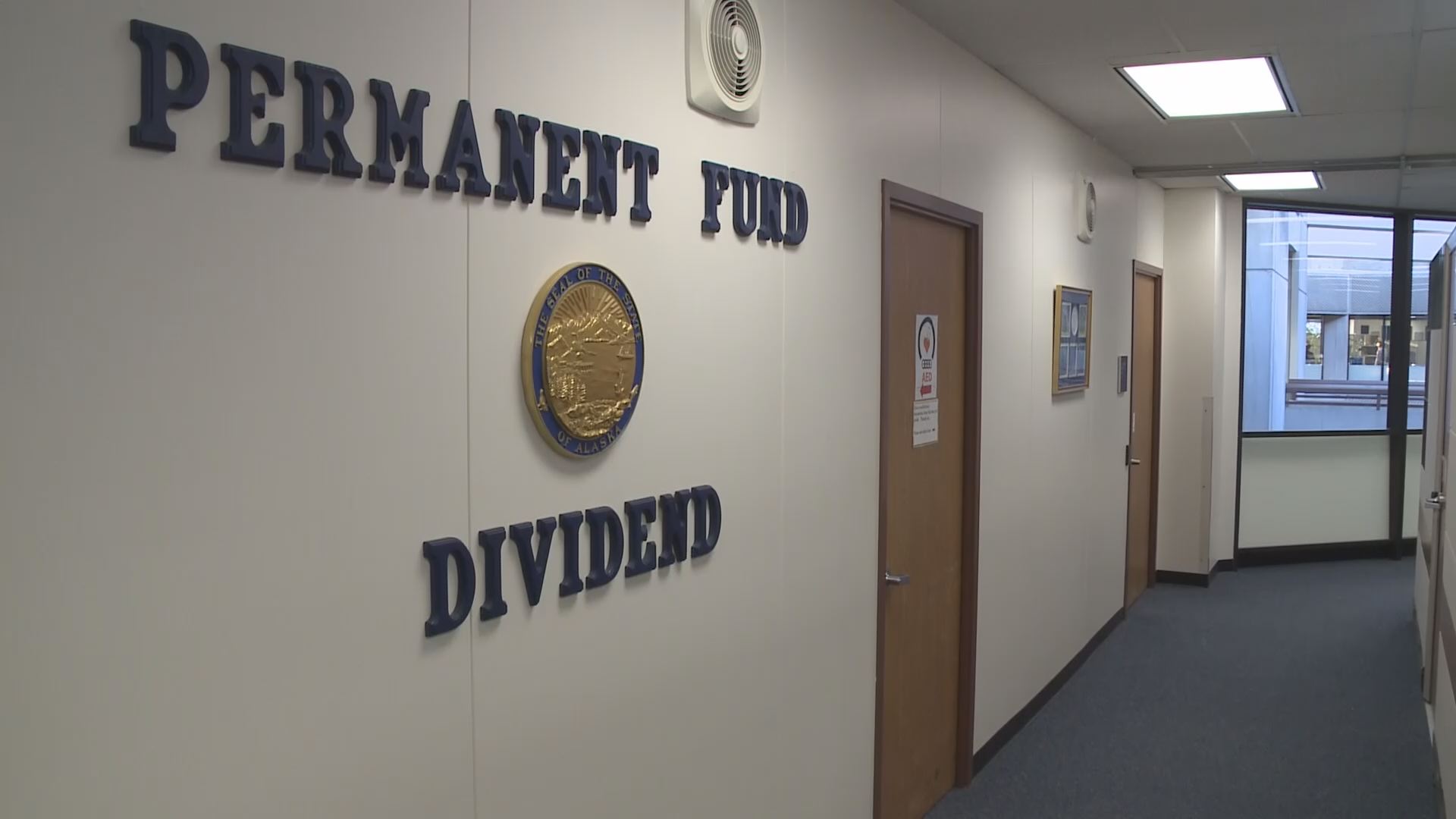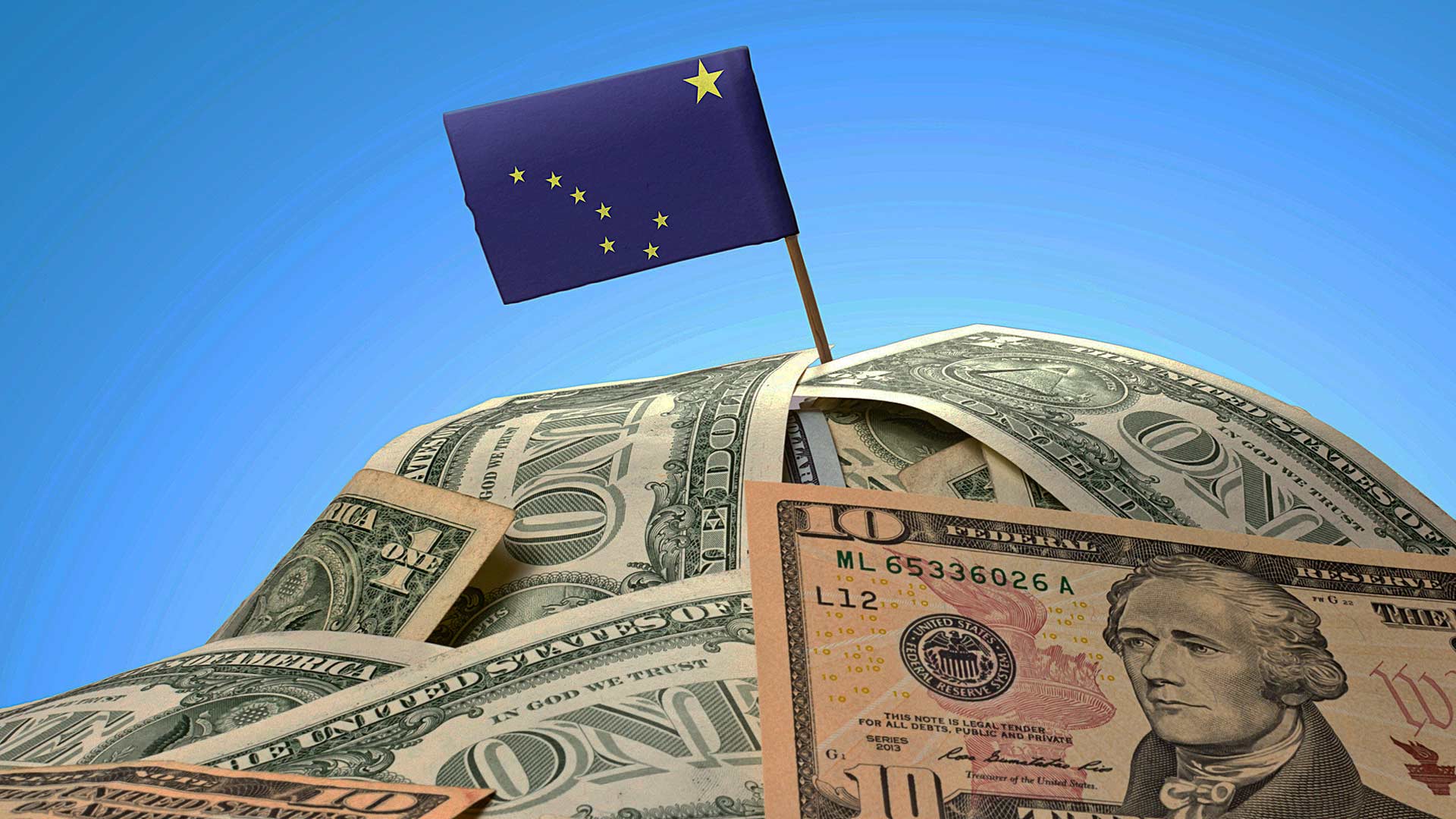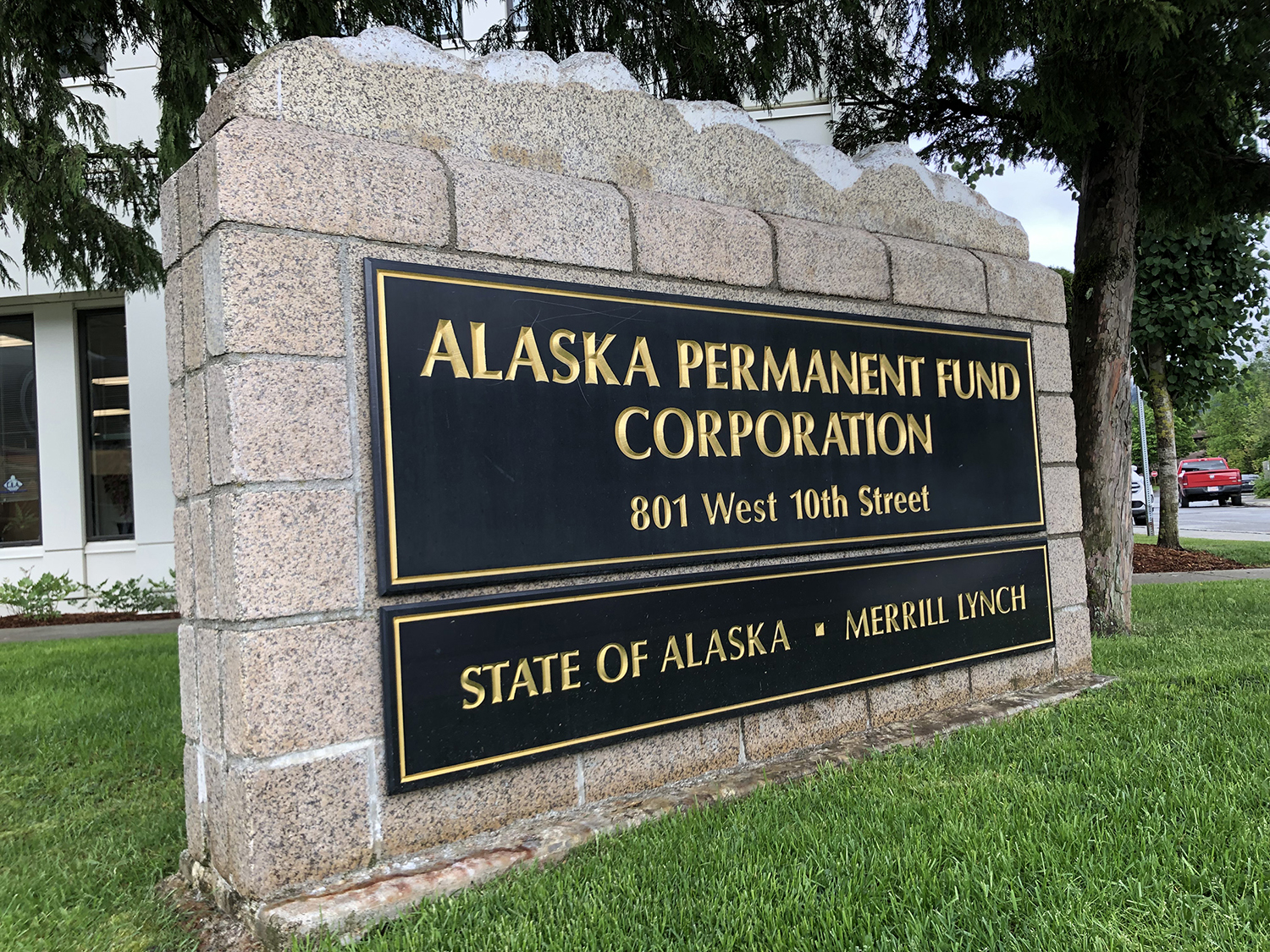As May 16 approaches, thousands of Alaskan residents eagerly anticipate the arrival of a significant financial boost—the 2023 Permanent Fund Dividend (PFD). This year marks the 42nd anniversary of the payments, which have profoundly influenced the financial health and economic stability of Alaskans.
The PFD, fueled by the state’s lucrative oil revenues, embodies a remarkable fiscal policy originating from the oil discoveries that propelled Alaska into statehood. According to Kevin Thompson, a finance expert and the CEO of 9i Capital Group, the decision to allocate annual payments directly to the citizens rather than the state’s coffers was a strategic move that has continually supported the local economy since its inception in 1983.

Understanding the Eligibility and Impact of the PFD
The eligibility criteria for the dividend are stringent, ensuring that only those committed to permanent residency in Alaska benefit. Adam Crum, Commissioner of the Alaska Department of Revenue, praised the efforts of the Permanent Fund Dividend Division for their dedication to the program’s administration. This year, individuals with the “Eligible-Not-Paid” status are set to receive approximately $1,312.
However, not all residents qualify automatically. Applicants must have lived in the state throughout the previous year with intentions to remain indefinitely. Other prerequisites include a minimal physical presence in the state over the last years and no recent claims of residency in other states. Legal standing also plays a role; those with certain criminal convictions may find themselves ineligible.

Economic Benefits and Beyond
The PFD not only provides immediate financial relief but also contributes to lifting an estimated 15,000 to 25,000 Alaskans out of poverty each year. The ripple effects of this initiative extend to increased employment opportunities and broader economic growth within the state.
Matt Stratman, president of United Tax.AI, highlighted the dividend’s role in enabling residents to invest in their future, through avenues such as education and entrepreneurship. This empowerment fosters a vibrant, self-sustaining community that is well-equipped to navigate the challenges of the modern economic landscape.
The Alaska Permanent Fund Dividend “is a hugely successful program that is both fair and yet also helps those in need the most."
Canada should learn from this and set up a similar program, so that all Canadians benefit from Canada’s resources. pic.twitter.com/xUnpSEaR5e
— Common Wealth 🍁 (@CommonWealth_ca) August 29, 2023
Comparison with Other State Programs
Alaska’s approach has inspired other states to implement similar financial support systems, particularly in response to the economic upheaval caused by the COVID-19 pandemic. States like Pennsylvania and Vermont have introduced rebates to aid property owners and renters, echoing Alaska’s commitment to supporting its residents through direct financial interventions.
Governor Josh Shapiro of Pennsylvania emphasized the importance of bipartisan efforts to expand tax rebates, which have become a lifeline for many, particularly seniors on fixed incomes. These initiatives across various states underscore the potential of government-administered financial programs to provide substantial relief during uncertain times.

Alaska’s Permanent Fund Dividend: A Model of Economic Equity
State’s Permanent Fund Dividend stands as a testament to the state’s innovative approach to economic prosperity and social welfare. As residents receive their dividends this May, the program continues to be a critical component of the state’s economic strategy, ensuring that the wealth derived from natural resources is equitably shared among its residents.
This sustainable financial model not only bolsters individual financial security but also stimulates broader economic growth, making it a potential blueprint for other states seeking to enhance their economic resilience and citizen welfare.










